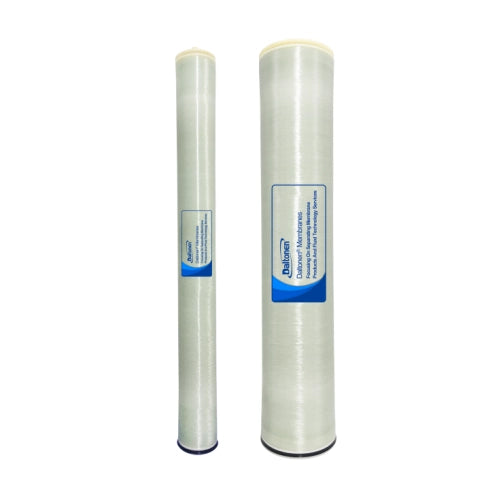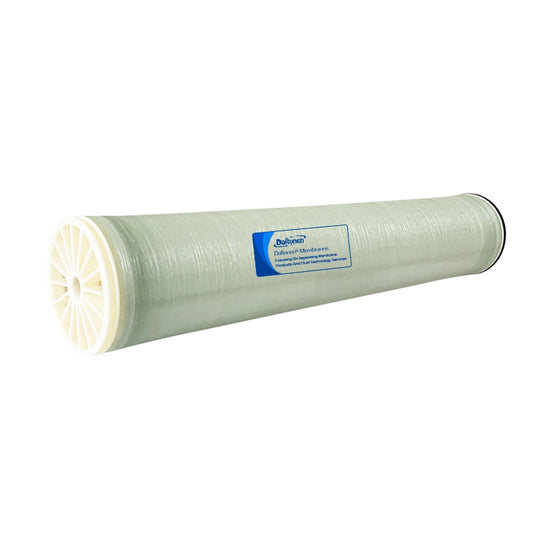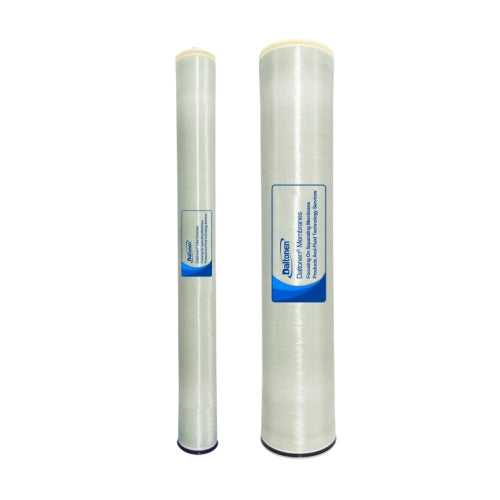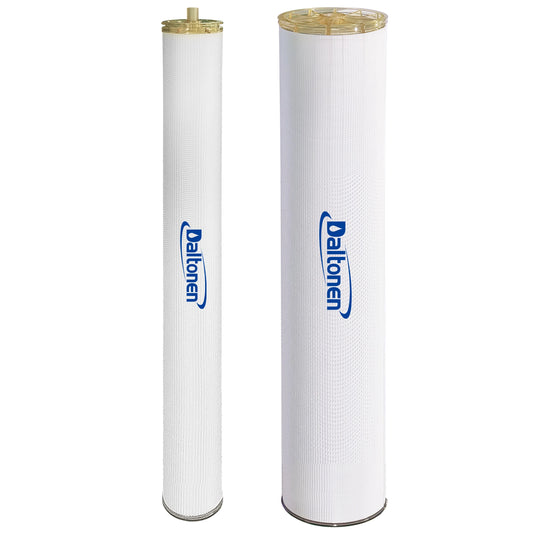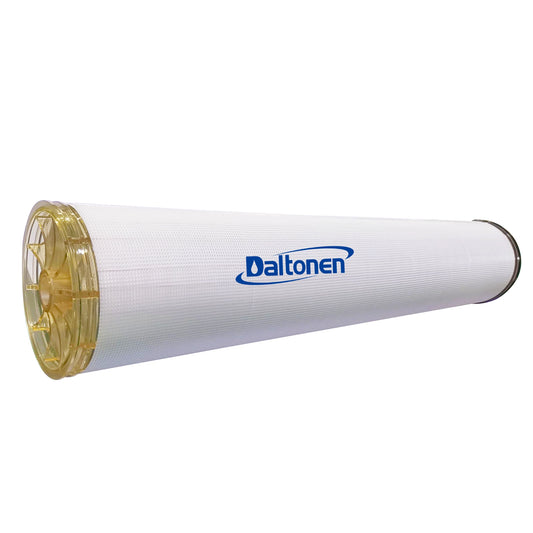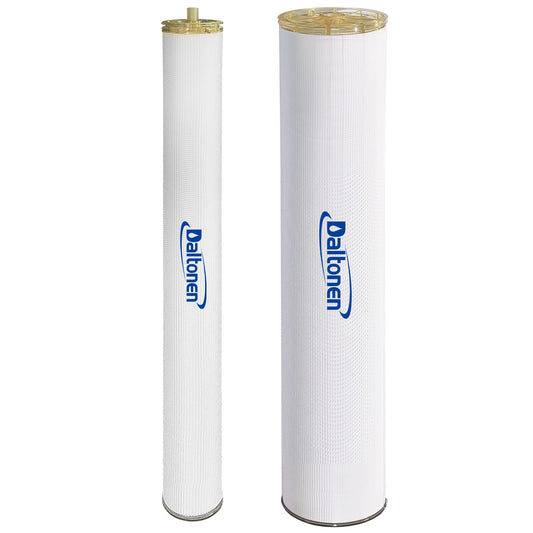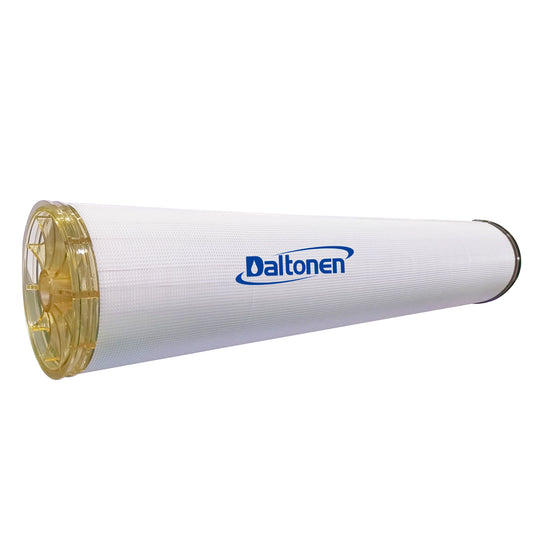Main Types of Ultrafiltration Membranes for Landfill Leachate Treatment
Here is the English translation of the industrial ultrafiltration membranes used in landfill leachate treatment and their cross-industry applications:
I. Main Types of Ultrafiltration Membranes for Landfill Leachate Treatment
1. Polyvinylidene Fluoride (PVDF) Hollow Fiber Membranes
-
Key Advantages:
- High mechanical strength (tensile strength ≥8 N), breakage-resistant
- Resistant to strong oxidants (tolerates up to 5,000 ppm NaClO)
- Permanently hydrophilic modification (contact angle <40°), organic fouling resistance
-
Applications:
- Advanced treatment of biochemical effluent
- Pretreatment for reverse osmosis (RO) systems

2. Reinforced Polyethersulfone (PES) Capillary Membranes
-
Key Advantages:
- Narrow pore size distribution (0.02–0.04 μm), SS removal >99.9%
- Acid/alkali resistant (pH 1–13), withstands frequent CIP cleaning
- Multi-layer composite support (anti-collapse)
-
Applications:
- Direct solid-liquid separation for high-concentration leachate (COD>15,000 mg/L)
- Tubular ultrafiltration (TUF) systems for high-viscosity wastewater
Industry Share: PVDF membranes dominate >70% of leachate projects (e.g., Suez ZeeWeed®, MEMSTAR), while PES membranes are used for challenging wastewater (e.g., Koch PURON®).
II. Cross-Industry Applications of Ultrafiltration Membranes
1. Municipal Wastewater Treatment & Reuse
-
Applications:
- MBR processes replacing secondary sedimentation tanks (effluent quality: Class IV surface water)
- WWTP upgrades (e.g., Beijing Gaobeidian Reclamation Plant)
-
Advantages:
- 50% footprint reduction, effluent SS<5 mg/L
- Tolerates influent fluctuations (e.g., stormwater SS surges)
2. Food & Beverage Processing
-
Applications:
- Juice clarification (replacing diatomaceous earth, e.g., orange juice production)
- Whey protein concentration (dairy processing)
- Beer/liquor sterilization (alternative to pasteurization)
-
Advantages:
- Preserves flavor compounds (zero thermal damage)
- Complies with FDA/EC food-contact standards
3. Biopharmaceuticals & Healthcare
-
Applications:
- Sterile filtration of vaccines/antibodies (0.1 μm membrane replaces traditional filters)
- Blood product separation (plasma protein purification)
- Purified Water for Injection (WFI) preparation
-
Advantages:
- Absolute sterilization (LRV>7), chemical-free
- Complies with GMP/FDA 21 CFR Part 177
4. Electronics Industry Ultrapure Water (UPW)
-
Applications:
- Pre-treatment for semiconductor cleaning water (removing nanoparticles)
- Etchant recovery in LCD panel manufacturing
-
Advantages:
- Product water TOC<5 ppb (meets ASTM E1 UPW standards)
- Resists strong oxidants (e.g., H₂O₂ cleaning)
5. Chemicals & Electrocoating
-
Applications:
- Electropaint recovery (automotive coating lines, recovery >98%)
- Oily wastewater treatment (machining coolants)
-
Advantages:
- Solvent-resistant (e.g., acetone, xylene)
- Membrane lifespan >5 years (harsh chemical environments)
III. Cross-Industry Performance Requirements
| Performance | Landfill Leachate | Municipal WWT | Food Processing | Biopharma |
|---|---|---|---|---|
| Membrane Material | PVDF/PES | PVDF | PES/PVDF | PES (low protein adsorption) |
| Pore Size | 0.03–0.05 μm | 0.04–0.1 μm | 0.02–0.1 μm | 0.02–0.05 μm |
| Chemical Resistance | ★★★★★ (acids/alkalis/oxidants) | ★★★☆☆ (chlorine) | ★★★★☆ (cleaners) | ★★★★☆ (ethanol) |
| Flux (LMH) | 15–40 | 25–50 | 30–70 | 10–30 (high viscosity) |
| Cleaning Frequency | Every 48–72 hrs | Weekly | Per production batch | Single-use/CIP validated |
IV. Engineering Selection Guidelines
-
Leachate Projects:
- Submerged PVDF Membranes (e.g., Suez ZeeWeed®) – For MBR with high MLSS (>15 g/L)
- External PES Membranes (e.g., Koch TARGA®) – For high-TSS (>5,000 mg/L) tubular systems
-
Cross-Industry Adaptation:
- Hydrophilic Modification: Low protein adsorption coating for food/pharma
- Structural Reinforcement: Reinforced fibers for chemical industry
- Sanitary Design: Dead-end free housings (3A/SMS compliant) for food/pharma
V. Representative Projects
-
Landfill Leachate:
- Shanghai Laogang Landfill: PVDF MBR membranes (200 units), treating 20,000 mg/L COD leachate, membrane lifespan >5 years.
-
Food Industry:
- Coca-Cola Juice Line: PES UF for orange juice clarification, flux 60 LMH, saves ¥3M/year in diatomaceous earth costs.
-
Electronics:
- TSMC Wafer Fab: PVDF UF for UPW, particle count <5/mL (≥0.1 μm).
Conclusion
Core UF membranes (PVDF/PES) for landfill leachate treatment demonstrate extreme environment adaptability, enabling seamless deployment in municipal wastewater, food & beverage, biopharma, and electronics industries. Selection criteria vary by sector:
- Leachate/Chemicals: Prioritize chemical/mechanical robustness → PVDF
- Food/Pharma: Focus on sanitary design + low adsorption → Modified PES
-
Electronics/Municipal: Emphasize high flux + low energy → Hydrophilic PVDF
As a platform technology, UF membranes achieve cross-industry versatility through customized engineering, making them indispensable for advanced separation processes.
